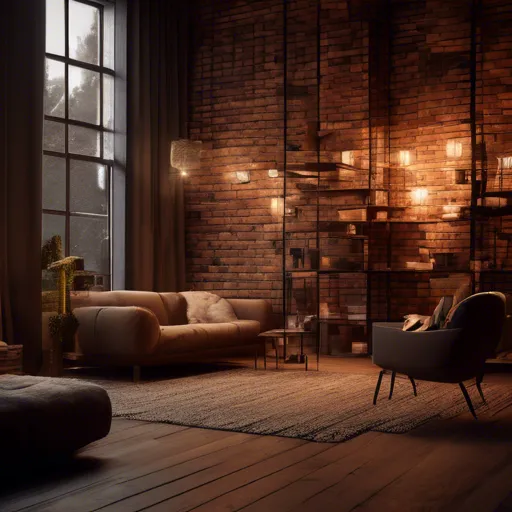In the world of construction, the humble brick remains a steadfast cornerstone, literally and metaphorically. Its unassuming presence masks a rich tapestry of standards, dimensions, and decisions that can make or break your architectural vision. So, you think you’re ready to embark on a journey of masonry mastery, or is it the mystique of architectural brilliance that beckons? Either way, grasping the verities of building brick sizes isn’t merely a trivial pursuit—it’s an imperative, if not delightful, realization.

Standard Brick Sizes
Before you let loose your creativity, it’s crucial to familiarize yourself with standard brick sizes. These serve as a universal language in masonry, ensuring that builders from New York to New Delhi are marching to the same beat.
Common Dimensions Across The Globe
To simplify what can quickly become an overwhelming variety, brick sizes are typically categorized into standardized dimensions:
- US Standard: Typically measures 3 5/8″ x 2 1/4″ x 8″, often seen in colonial-style and modern builds alike.
- UK Standard: The usual 215mm x 102.5mm x 65mm size, a stalwart in British construction.
- Australian Standard: A dappled choice but often 230mm x 110mm x 76mm, rooted in the rough charm of their landscapes.
- European Standard: Notably varies, but many fall around 240mm x 115mm x 71mm, capturing continental charisma.

Advice on Choosing the Right Brick
Choosing bricks isn’t merely about size; it’s about finding the harmony between form and function, practicality and panache. You wouldn’t use a plastic block to finish porch steps, just as you wouldn’t select glossy tiles for a rustic retreat.
Considerations for Brick Selection
The right brick doesn’t just build a wall; it builds a lasting impression.
- Purpose: Is it structural or aesthetic? Choose durable bricks for structural integrity and consider artistic flair for decorative facades.
- Climate: In wet areas, opt for heavily fired clay or concrete bricks to withstand high moisture.
- Budget: While customization comes at a price, stock sizes can save money without sacrificing creativity.
Just as a pink ceiling redefines indoor ambience, the interplay of color, texture, and scale in your brickwork can redefine an entire space. This isn’t a project you rush; it’s one you sculpt.

Aesthetics Meet Function
The right brick size does more than fit mechanically into your plans; it resonates with the art of architecture. Consider the interplay of light and shadow, the rhythm of grout lines against the brick’s rustic skin, and the way time ages those colors into something peerless. At the crossroads of functionality and flair, brick sizes wield significant influence on outcome.
Bricks and Time: The Timelessness of Choice
By opting for a standard size, future replacements and repairs become seamless—a wise move for those keen on longevity. Yet, if you’re seduced by singularity, bespoke sizes may be more your tune. The outcome of meticulously calculated combinations doesn’t simply withstand; it enchants.

From standardized dimensions to visionary customization, brick sizes govern more than mere structure; they command a conversation with the environment. And while choosing the right brick may not summon the enchanting allure of kitchen-living room design, it sets the foundation for a story told in mortar and dreams.
So next time you consider picking up a brick, think of it as selecting an instrument in the symphony that is your build—each note crucial, each choice resonating across the canvas of your creation. In the end, the right size matters not just for its fit but for its timeless resonance with the world it helps construct.
